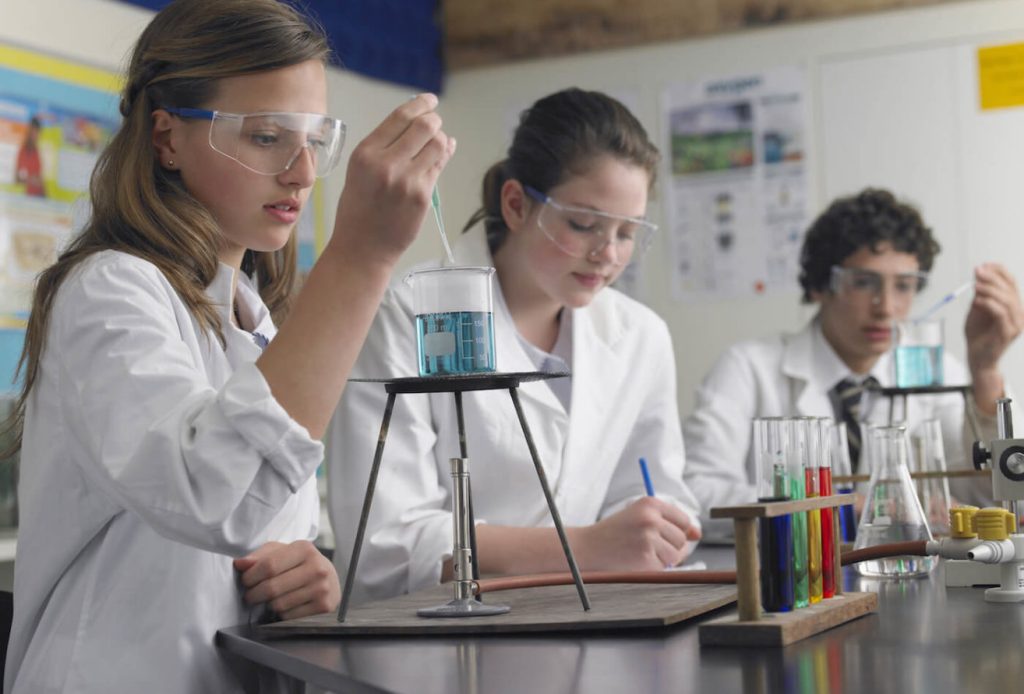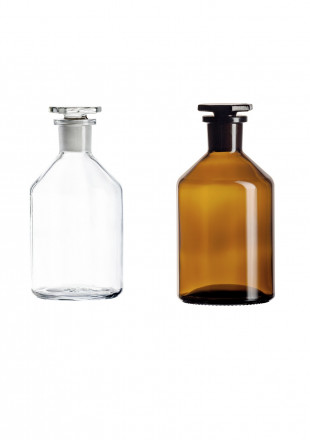Top 2 types of corrosive materials and handling precautions


It is fair to say that human facilities and sustainable lifestyles are built based on the foundations of chemical reactions. Most of today’s products are formatted and have their functions installed more or less involved in the process of the chemical reaction. Thus, this opens up a whole sector of chemical handling processes and equipment which support the manufacturing process by keeping the chemical at its optimal conditions even until their application stages. Especially in Malaysia as the country is catching up with other developed countries in the world with the surplus amount and demands for goods and life-sustainable items. In areas such as Selangor with the chemical storage cabinet Selangor suppliers are offering at world standard qualities, people within this state could be carefree when looking for a suitable chemical storage cabinet supplier in Selangor.

Corrosive substances as its name implies are chemicals, no matter whether human-made or organic from nature, chemical substances that degrade and erode certain materials like metals, and stones. Therefore, making it even more dangerous to such a sensitive organ like human skin.
These substances will cause serious damage when in contact with living tissues, moreover, without proper care and storage, when leaked will severely damage the surrounding environments and facilities. Destroying other goods and means of transport.
When a person gets in skin-on contact with a corrosive chemical, it will immediately react with the skin and the air, dissolving the tissue as well as releasing heat, and burning the skin. This could be known as chemical burns. Hence, when contacting organs like eyes, it will leave permanent damage, causing blindness.
Moreover, when a corrosive chemical escape into the open environment could rapidly contaminate the soil – degrading and transforming the soil; water – it will make the water poisonous and corrosive, killing all living entities in contact; air – most of the strong corrosive chemicals could turn into vapour when leaving in contact with the air.
As skin and eyes are the most sensitive and in the potential of close contact with corrosive chemicals when operating, it is vital to have these two organs covered and protected during the process.
Eye protection: safety glasses are a must and they must meet the requirements standard of ANSI Z.87.1 1989 or ISO 17025 standard. Any kind of ordinary wearing glasses will not offer protection and people should never wear them while working with corrosive chemicals to avoid any unnecessary issues. Additionally, safety glasses should also come with side shields to protect against any flying droplets or objects as splash hazards could occur when people accidentally pour solvents like water into acids. This precaution should be best optimised with safety goggles in the form of a face shield.
Skin protection: people should wear gloves, lab coats, and any additional protective items if needed. They must also be made from suitable materials to deal with corrosive materials. Nonetheless, open-toe shoes should never be worn.
Here are the two types of corrosive substances commonly used in manufacturing and daily life.
Acids
Acids are corrosive chemicals that will:
Some examples:
Base
Bases are corrosive chemicals that will:
Some examples:
